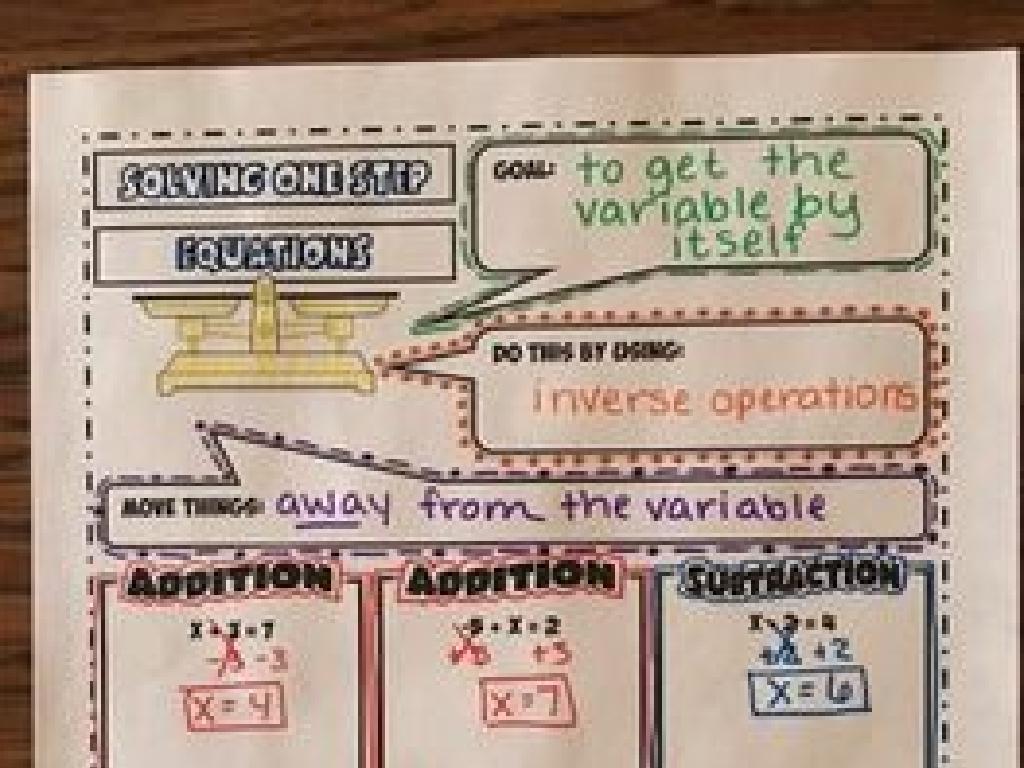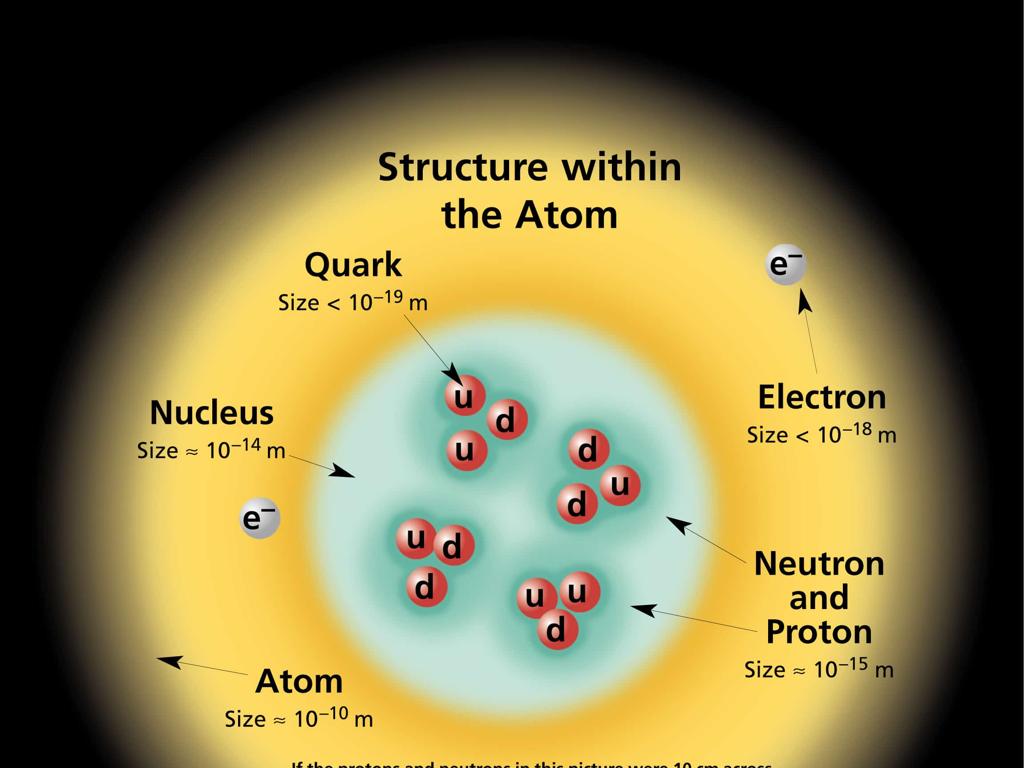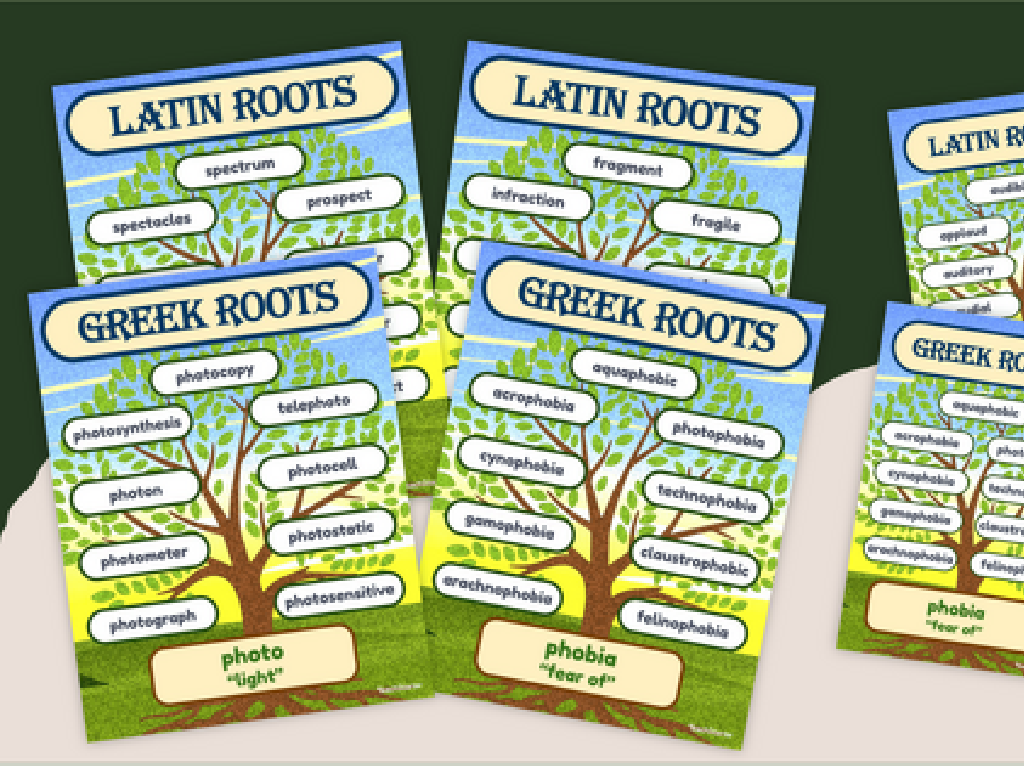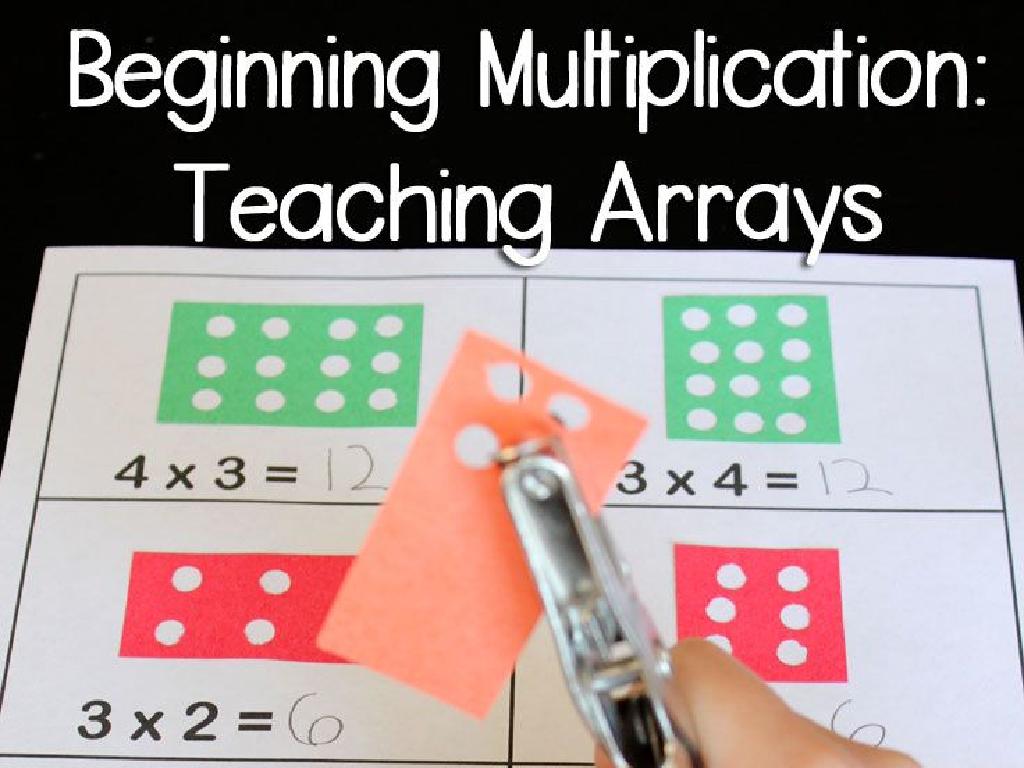Which Figure Is Being Described?
Subject: Math
Grade: Sixth grade
Topic: Three-Dimensional Figures
Please LOG IN to download the presentation. Access is available to registered users only.
View More Content
Exploring Three-Dimensional Figures
– What are 3D shapes?
– Shapes with length, width, and height
– 3D shapes in daily life
– Objects like cans, balls, and boxes
– Identifying 3D figures
– Use clues to determine the shape
– Activity: Name that Shape!
– Describe a figure, classmates guess
|
This slide introduces students to the concept of three-dimensional shapes and their relevance to everyday life. Begin by explaining that 3D shapes have length, width, and height, unlike 2D shapes which only have length and width. Provide examples of 3D shapes that students encounter regularly, such as cylindrical cans, spherical balls, and cuboidal boxes. Emphasize the importance of descriptive words when identifying 3D figures, such as ‘faces,’ ‘edges,’ and ‘vertices.’ For the activity, have students describe a 3D figure without naming it, while their classmates try to guess the shape. This interactive approach will help students better understand and retain the characteristics of various 3D figures.
Exploring Three-Dimensional Figures
– Define 3D figures
– Objects with length, width, and height
– 2D vs 3D comparison
– 2D are flat, 3D have volume
– Examples: Cube, Cylinder
– Cube: 6 equal squares, Cylinder: 2 circles + 1 rectangle
– More examples: Sphere, Cone
– Sphere: ball shape, Cone: ice cream cone shape
|
This slide introduces students to the concept of three-dimensional figures, which are objects that have length, width, and height. It’s crucial to differentiate between 2D figures, which are flat and only have length and width, and 3D figures that have volume. Use everyday examples to help students visualize 3D figures: a cube is like a dice, a cylinder is like a can, a sphere is like a basketball, and a cone is like an ice cream cone. Encourage students to touch and interact with real 3D objects to better understand these concepts. In the next class, students can bring in examples of 3D figures they find at home or in nature.
Characteristics of 3D Figures
– Vertices: Corners of a 3D figure
– A cube has 8 vertices, like the corners of a dice
– Edges: Lines where two faces meet
– A cube has 12 edges, like the frame of a box
– Faces: Flat surfaces of the figure
– A cube has 6 faces, each a square shape
|
This slide introduces students to the basic components of three-dimensional figures: vertices, edges, and faces. Understanding these elements is crucial for identifying and describing 3D shapes. Vertices are the points where the edges of the figure meet, and they can be thought of as the ‘corners’ of the shape. Edges are the straight lines where two faces connect, forming the ‘skeleton’ of the figure. Faces are the flat surfaces that make up the exterior of the shape. Use a cube as a familiar example to help students visualize these concepts. Encourage students to count these elements on various 3D figures to reinforce their understanding.
Describing Three-Dimensional Figures
– How to describe a 3D figure?
Consider edges, vertices, faces, and dimensions.
– Identify shapes by characteristics
Look for cubes, spheres, pyramids, and cylinders.
– Use sensory language for shapes
Imagine touching and moving around the shape.
– Class activity: Guess the Shape!
Students describe a figure for classmates to guess.
|
This slide introduces students to the concept of describing three-dimensional figures. Start by explaining the different aspects to consider when describing a 3D figure, such as its edges, vertices, faces, and overall dimensions. Teach students to identify common 3D shapes like cubes, spheres, pyramids, and cylinders by their unique characteristics. Encourage the use of sensory language to help visualize and describe the shapes as if they were being touched or observed from different angles. Conclude with a fun class activity where students take turns describing a 3D figure without naming it, while the rest of the class tries to guess the shape. This activity will reinforce their understanding and help them practice using descriptive language.
Exploring 3D Shapes
– A shape with 6 square faces
– This is a cube, each face is a square of the same size.
– One circular base and a vertex
– This describes a cone, with a circular base tapering to a point.
– No vertices, one curved surface
– This is a sphere, like a basketball, with a continuous curved surface.
|
This slide is aimed at helping students identify three-dimensional figures based on their properties. The first description refers to a cube, which is a common 3D shape where all faces are squares and all are equal in size. The second is a cone, easily identified by its single flat face that is a circle and a point opposite that base called the vertex. The third shape is a sphere, which has a surface that curves continuously without any edges or vertices. Encourage students to visualize each shape with everyday objects and to draw them if possible. This will help solidify their understanding of 3D shapes and their characteristics.
Match the Description Activity
– Read the description aloud
– Discuss with a classmate
– Share ideas on possible 3D shapes
– Choose the matching figure
– Is it a cube, cylinder, or sphere?
– Explain your choice
– Support your answer with reasons
|
This interactive class activity is designed to help students apply their knowledge of three-dimensional figures. Start by having one student read the description of a 3D figure aloud. Then, students will pair up to discuss which shape they believe matches the description, encouraging collaboration and communication. After a brief discussion, each pair will select the figure they agree upon and be prepared to explain their reasoning to the class. This exercise not only reinforces their understanding of geometric figures but also develops critical thinking and justification skills. Possible activities include matching descriptions to shapes like cubes, spheres, cylinders, cones, and pyramids. Encourage students to use geometric vocabulary and properties in their explanations.
Practice Time: Match 3D Figures
– Complete the worksheet individually
– Match descriptions with 3D figures
– Use clues like number of sides and shape of faces
– Write the figure’s name for each description
– Think about edges, faces, and vertices
– Consider cube, sphere, pyramid, and cylinder
|
This activity is designed to reinforce students’ understanding of three-dimensional figures by matching descriptions to the correct figure. Provide a worksheet with a list of descriptions and a set of 3D figure names such as cube, sphere, pyramid, and cylinder. Students should use context clues from the descriptions, focusing on attributes like the number of edges, faces, and vertices, to determine the correct figure. Encourage them to visualize each figure and recall its properties. After completing the worksheet, review the answers as a class to ensure understanding. Possible variations of the activity could include using physical models of the figures, drawing the figures based on descriptions, or creating their own descriptions for classmates to match.
Review and Share: Understanding 3D Figures
– Class review of answers
– Students explain their reasoning
– How did you determine the figure?
– Address and clarify misconceptions
– Correct any wrong ideas about 3D shapes
– Reinforce correct understanding
– Highlight key characteristics of 3D figures
|
This slide is aimed at consolidating the students’ understanding of three-dimensional figures through a collaborative review. Begin by going over the answers collectively, ensuring that everyone is on the same page. Invite students to share their thought processes and the strategies they used to identify the figures. This peer-to-peer learning can be very effective. As misconceptions arise, address them promptly with clear explanations, using visual aids if necessary. Finally, reinforce the correct concepts by summarizing the key properties of three-dimensional figures. Encourage students to ask questions and engage in discussion to deepen their comprehension.
Class Activity: Create Your Own 3D Figure!
– Craft a 3D figure using clay or playdough
– Compose a description for guessing
– Include shape, edges, faces, and vertices
– Share your figure and clues with the class
– Engage in a guessing game
– Classmates guess the figure based on your description
|
This interactive class activity is designed to reinforce students’ understanding of three-dimensional figures by allowing them to create and describe their own 3D models. Provide students with clay or playdough and instruct them to mold a figure of their choice. They should then write a description that includes details such as the number of faces, edges, and vertices without revealing the name of the figure. During the presentation, each student will share their model and read their description aloud, while the rest of the class tries to guess the figure. This activity promotes creativity, critical thinking, and use of geometry vocabulary. Possible figures include cubes, cones, cylinders, pyramids, and spheres. Ensure that students understand the properties of these figures before beginning the activity.
Lesson Summary & Homework
– Recap of 3D figures
– Homework: 3 home objects
– Find objects shaped like 3D figures we learned
– Match objects to class descriptions
– Use the descriptions from today’s lesson to identify objects
– Discuss findings tomorrow
|
As we conclude today’s lesson on three-dimensional figures, students should be able to recognize and describe various 3D shapes such as cubes, cylinders, and spheres. For homework, students are tasked with finding three objects at home that resemble the 3D figures discussed in class. They should use the characteristics and descriptions provided during the lesson to guide them in identifying the correct figures. Encourage students to be prepared to discuss how each object they chose matches the descriptions given in class. This activity will help reinforce their understanding of 3D shapes in a practical, real-world context.






